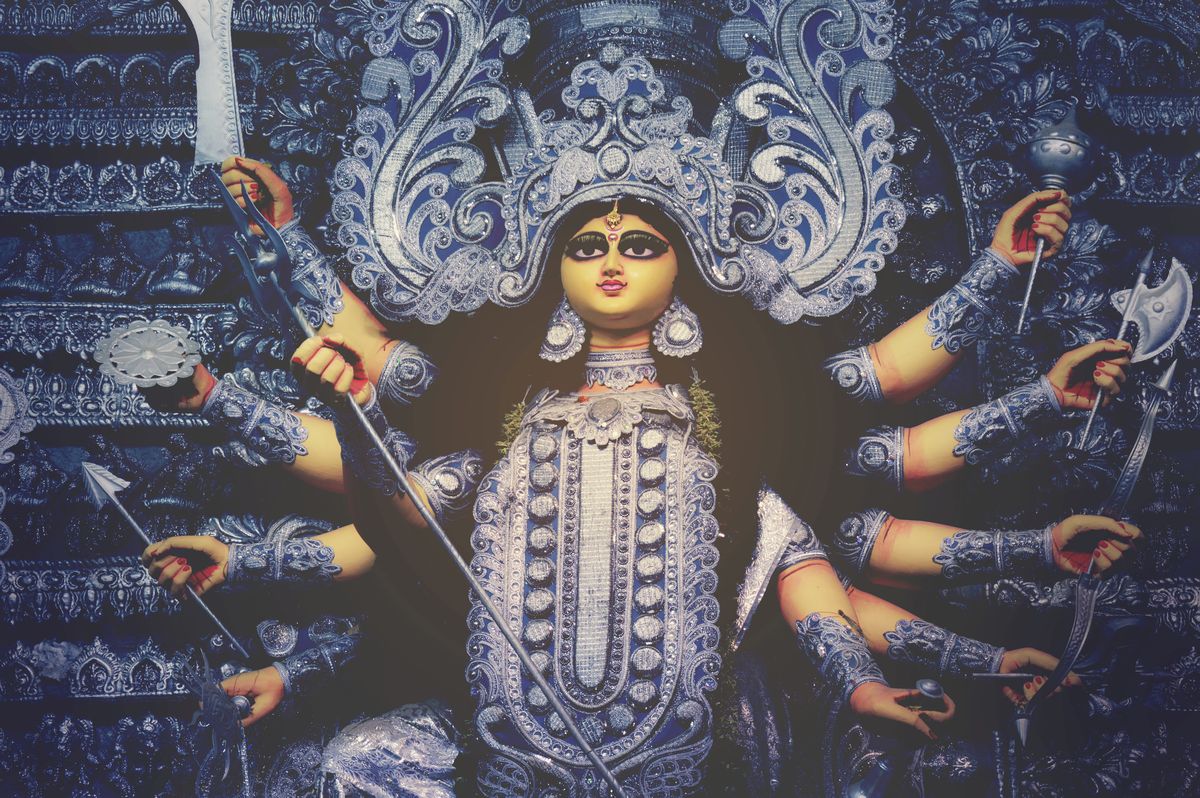Sharad Navratri is celebrated all over India as a grand festival-fasting time of the year that lasts for nine days. This year Navratri begins on Sunday, 29th September and ends on Monday, 7th October.
Navratri is celebrated differently in many parts of India. In Gujarat, dandiya and garba are played for all nine nights and both are very popular, whereas in North India, devotees show their devotion by keeping fast and placing Durga idols in their home temples following all rules and rituals. In Calcutta, this festival is celebrated as Durga pooja in unique style and fervour.
Advertisement
People in Northern parts of India celebrate the festival by fasting for seven or eight days followed by kanjak ritual on Ashtami or Navmi. There are some rules which apply to culinary preparations during this fasting period. Some food ingredients are completely avoided and some are included.
Here is the list of Navratri fasting rules as to which foods can be eaten and which should be completely avoided.
Foods that can be included during this religious fasting are:
Singhare ka atta (chestnut flour)
Kuttu ka atta (buckheat flour)
Rajgira ka atta (amaranth)
Samak ke chawal ka atta (barnyard millet flour)
Samak ke chawal (barnyard millet)
Sabudana (tapioca pearls)
Rock salt (sendha namak) is used instead of regular table salt.
Vegetables like potato, sweet potato, bottle gourd, and cucumber are allowed. Pumpkin, lemon, raw banana, ginger, tomato, carrot, and colocassia also come under the category of falahari saatvik vegetables.
All fruits can be eaten. Cut them and consume as fruit salad or add them in milkshakes or make their juice. You can also make fruit smoothies and fruit kheer like apple kheer.
A variety of nuts, seeds, and berries can also be consumed. Dates are a healthy part of Navratri diet. Flax seeds, chia seeds, and sunflower seeds are good options to be included in fasting diet to keep your energy levels up. Nuts like cashew nuts, almonds, pistachios, walnuts, etc. can be eaten as a healthy Navratri snack.
In the category of spices, very limited spices can be used. Cumin seeds, black pepper powder, red chilli powder, and dried raw mango powder can be eaten.
Foods that should be avoided:
Stay away from non-vegetarian foods like chicken, mutton, fish, lamb, eggs, etc. These foods fall under the category of Rajasik foods. One who follows Navratri should completely avoid these foods during this pious period.
Soda, aerated beverages like coke and alcohol do not constitute the part of Navratri foods and drinks. You should steer clear of such drinks.
Smoking is also not allowed during Navratri.
Several types of flours such as, cornflour, wheat flour, maida, rice flour, suji, and some other flours and grains are prohibited for those who are observing fasts. Regular rice also does not constitute Navratri foods.
Certain spices are prohibited during Navratri fasting. These include mustard seeds, asafoetida, fenugreek seeds, turmeric, and garam masala.
People observing Navratri fast avoid legumes and lentils as they are not considered as falahari foods.
Onion, garlic, brinjal, mushrooms, leek, shallot, etc. are considered as taamsik vegetables. So they are avoided. Cabbage, cauliflower, capsicum, and few other vegetables are also avoided due to their strong, pungent or salty taste.
These do’s and don’ts related to Navratri fasting foods are considered as a mark of devotion to Goddess Durga. Adapting a simple and saatvik diet is also healthy.
Happy Navratri fasting!
